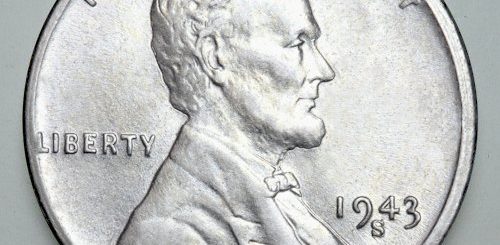Art of Coin Making – Coin Minting Process
Coin minting can be considered an art form, in as much as collecting them is. It is actually like making a sculpture, starting from the conceptualization of the design up to the actual striking process. It all starts with the development of sketches for the coin design. The mint has several sculptors in employ, who create one set of sketches for each commissioned coin. From this set, the mint will choose and approve one sketch. Then the sculptor will create a clay model several times larger than the real coin.
This clay model will serve as the first template for what they call the “Master Hub”. The plaster will be poured all over this clay model to create the second template or the plaster model. By doing this, the plaster model will bear the reverse or mirror image of the design and inscriptions on the clay model. This process is repeated several times until a perfect plaster model is achieved. A third template is a next step, a rubber mold. To make this, epoxy is poured into the plaster model, creating an elastic mold. This third template is attached to a transfer engraver with a stylus at the end that will trace the epoxy or rubber mold. As the stylus traces the mold, a ratio bar built in the transfer engraver works to reduce the template to the desired size for the actual coin. The other end of the transfer engraver has a carbide tool that receives the actual size and cuts the template into a steel blank. This steel blank is the “Master Hub”.
Now, the making of the coin dies. Coin dies are created by smoothing and polishing a heated metal in a computerized lathe. Pressing the master hub onto this blank coin die will give us the “Master Die”. This now will be duplicated as working dies and working hubs, which will be used in the coin striking process. A blanking press is used to punch and cut out round disks from a metal coil, creating the actual coin blanks to be minted. This machine works at 400 strokes per minute. These blanks undergo further annealing and pickling process. Annealing is a method of heating and cooling metal slowly to strengthen it. On the other hand, pickling is treating the metal with chemicals. After these processes, the blanks are sorted out. Imperfect blanks are taken out. Only the perfect blanks are brought to the coining press for stamping of the design.
One of the dies is wrapped around with a steel collar in the press, where the blank is placed and pushed by air pressure. The reverse die, which is placed into the press’ upper arm, is simultaneously forced down onto the blank. The force creates the impressions of the design on both sides of the coin blank. We now have a newly struck or freshly minted coin!


